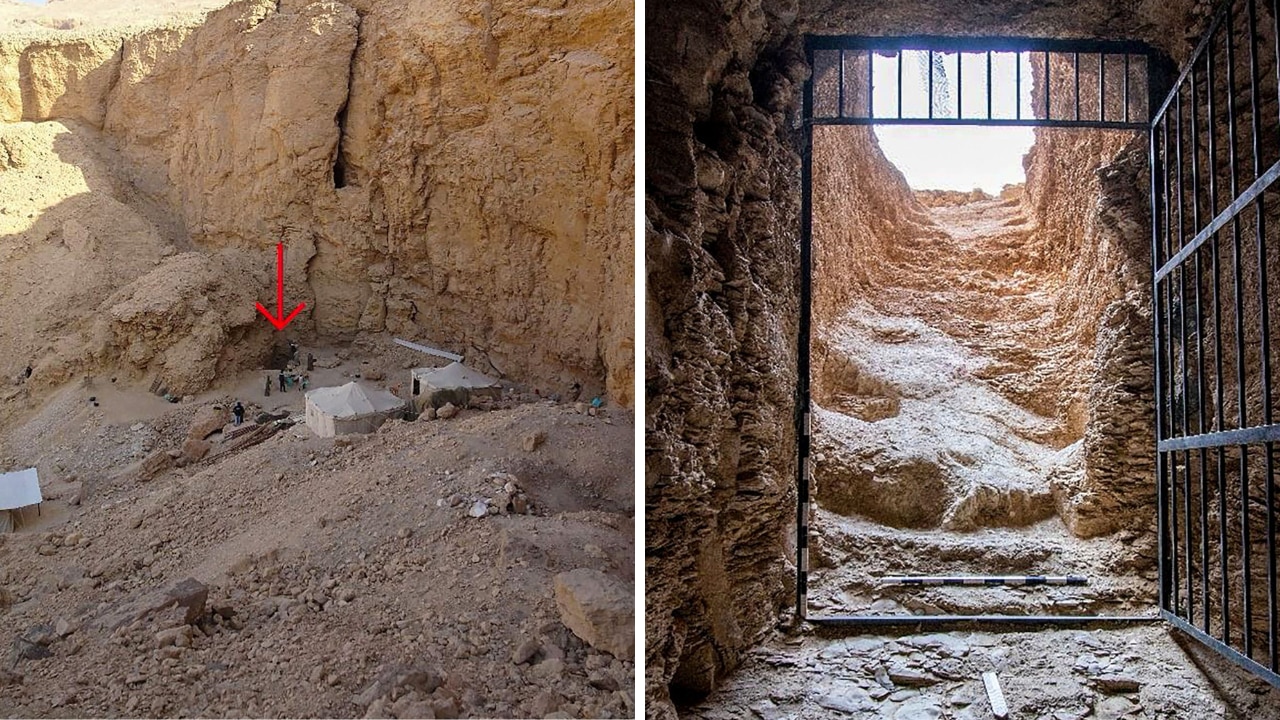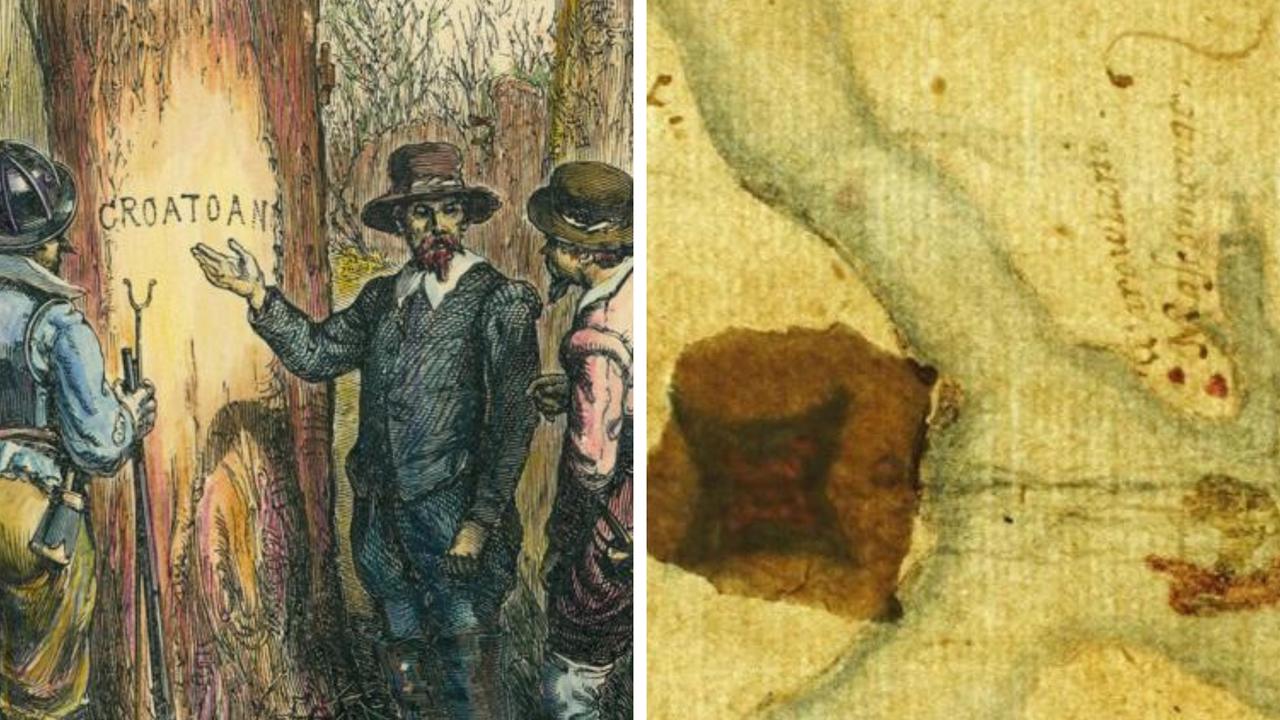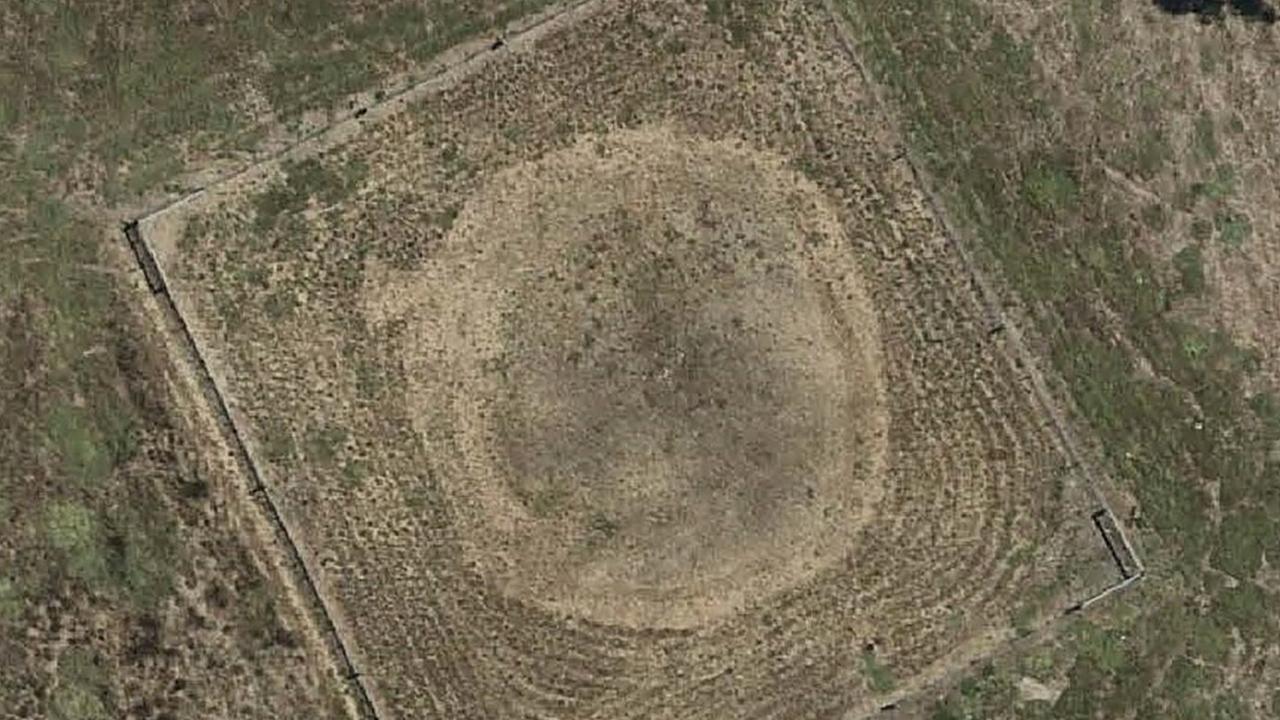1000-year-old coins found in Northern Territory may rewrite Australian history
The discovery of an ancient coin in the Northern Territory could mean a key piece of Australian history is completely wrong.
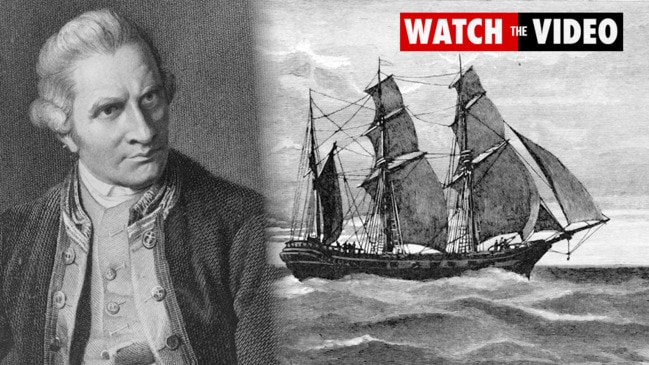
Remember when you were taught Australia was first claimed for the British throne when it was discovered in 1770 by James Cook who promptly declared it “terra nullius”?
Turns out that could be completely and utterly wrong with the discovery of a copper coin that could rewrite Australia’s history.
In an interview with The Guardian, archaeologist Mike Hermes revealed he found an ancient coin lying on a beach on the Wessel Islands last year he believes to be from Kilwa, more than 10,000km away in what is now known as Tanzania, dating from before the 15th century.
“The Portuguese were in Timor in 1514, 1515 — to think they didn’t go three more days east with the monsoon wind is ludicrous,” he said.
“We’ve weighed and measured it, and it’s pretty much a dead ringer for a Kilwa coin.
“And if it is, well, that could change everything.”
Tests on the coin’s origins have so far proved inconclusive.

In 1944, five coins were found in the Northern Territory that were later proven to be 1000 years old, opening up the possibility that seafarers from distant countries might have landed in Australia much earlier than what is believed.
During that time, the Wessel Islands — an uninhabited group of islands off Australia’s north coast — had become a strategic position to help protect the mainland as World War II raged in the wake of Japanese bombers attacking Darwin two years earlier,
Australian soldier Maurie Isenberg was stationed on one of the islands to man a radar station and spent his spare time fishing on the idyllic beaches.
While sitting in the sand with his fishing rod, he discovered a handful of coins in the sand.
He didn’t have a clue where they came from but pocketed them anyway and later placed them in a tin.
In 1979 he rediscovered his “treasure” and decided to send the coins to a museum to get them identified.
The coins proved to be 1000 years old.
Still not fully realising what treasure he held in his hands, he marked an old colleague’s map with an “X” to remember where he had found them.
The discovery was apparently forgotten again until anthropologist Ian McIntosh got the ball rolling in 2013 when he led an expedition to Wessels Islands that failed to unearth any more coins.
Aboriginal Australians are thought to have first arrived on the mainland by boat from the Malay Archipelago between 40,000 and 60,000 years ago. But the coin raises many important questions about colonisation.
For a start, if James Cook wasn’t the first European person to officially discover Australia, who was?
How did 1000-year-old coins end up on a remote beach on an island off the northern coast of Australia?
Did explorers from distant lands arrive on Australian shores way before James Cook declared it “terra nullius” and claimed it for the British throne in 1770?
We do know already Captain Cook wasn’t the first white seafarer to step on Australia’s shores.
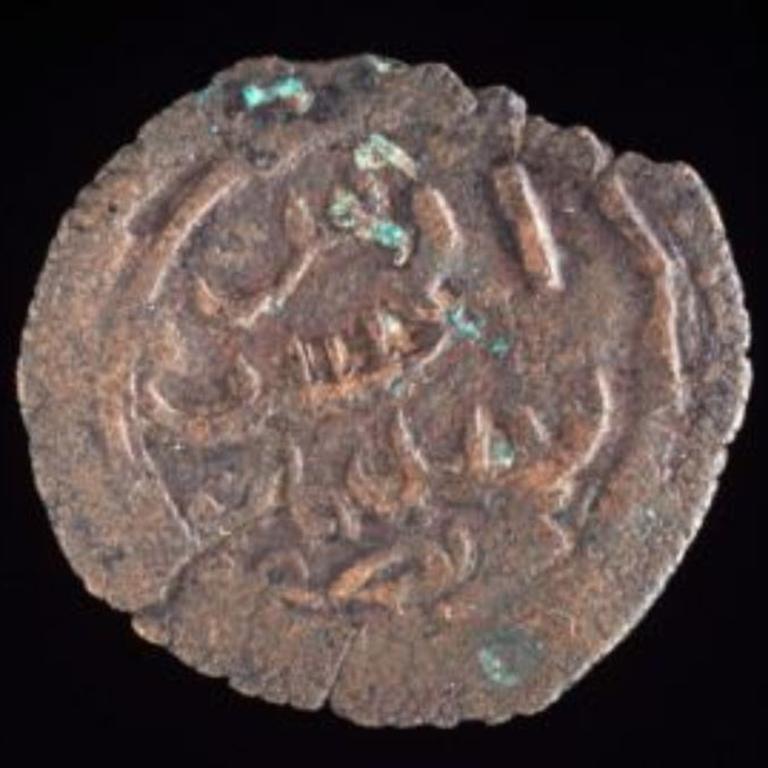
In 1606, a Dutch explorer named Willem Janszoon reached the Cape York peninsula in Queensland, closely followed a few years later by another Dutch seafarer Dirk Hartog.
And the Spaniard Luiz Vaez de Torres discovered the strait between Papua New Guinea and Australia, which was later named Torres Strait in his honour.
However, none of these explorers recognised they had discovered the famed southern continent, the “Terra Australis Incognita”, which was depicted as a counterweight to the known land masses of the northern hemisphere on many world maps of the day.
According to a team of Australian and American historians, archaeologists, geomorphologists and Aboriginal rangers, the five coins date back to the 900s to 1300s.
They are African coins from the former Kilwa sultanate, now a World Heritage ruin on an island off Tanzania.
Kilwa once was a flourishing trade port with links to India in the 13th to 16th century.
The trade with gold, silver, pearls, perfumes, Arabian stone ware, Persian ceramics and Chinese porcelain made the city one of the most influential towns in East Africa at the time.
The copper coins were the first coins ever produced in sub-Saharan Africa, and, according to archaeologists, have only twice been found outside Africa: once in Oman and Isenberg’s find in 1944.
The old coins might not be of monetary value, but for archaeologists they are priceless, according to Dr McIntosh.
Archaeologists have long suspected there may have been early maritime trading routes that linked East Africa, Arabia, India and the Spice Islands even 1000 years ago.
Or the coins could’ve washed ashore after a shipwreck.
When Isenberg discovered the copper coins he also found four coins that originated from the Dutch East India Company — with one dating back to 1690 raising memories of those early Dutch seafarers that stepped on Australian shores well before Cook.

